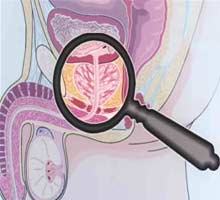
 P
P


 PROSTATE CANCER
PROSTATE CANCER


|
 P
P
|

|

|
 PROSTATE CANCER
PROSTATE CANCER
|

|
| PROSTATE CANCER |





 PROSTATE CANCER
PROSTATE CANCER


U.E.P.
 Add to Favorite
Add to Favorite
 Home Page
Home Page
 Recommend this Page
Recommend this Page
|

|
|
2008 © HIPERnatural.COM
www.hipernatural.com Your Source of Natural Health in Internet |
|